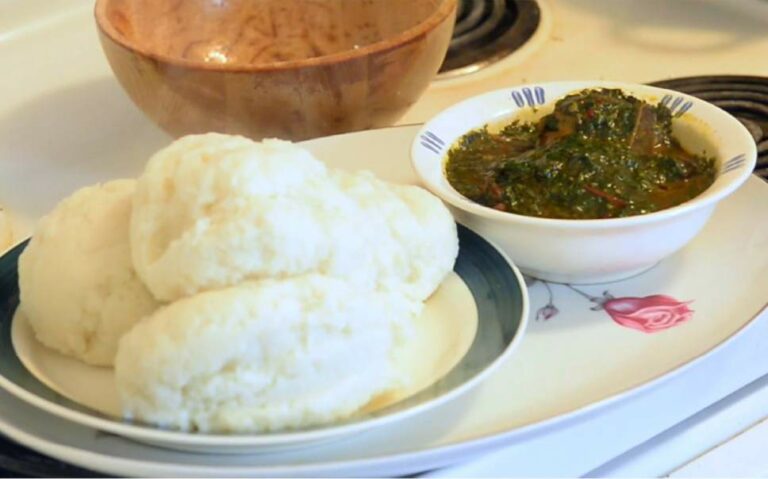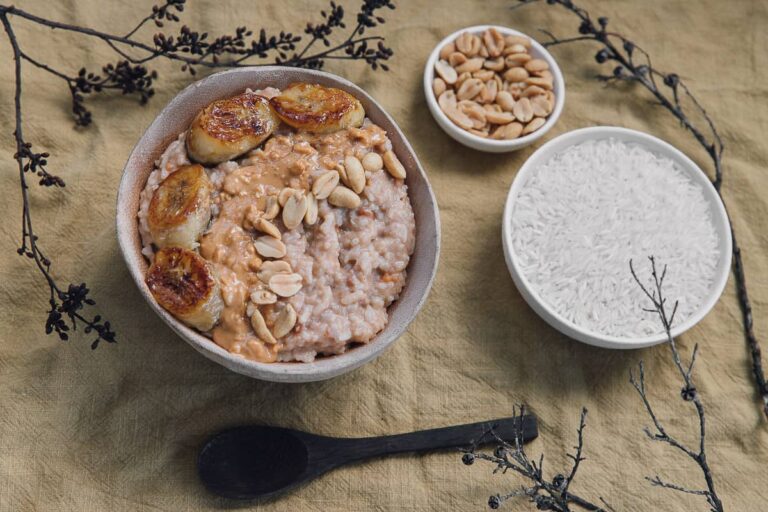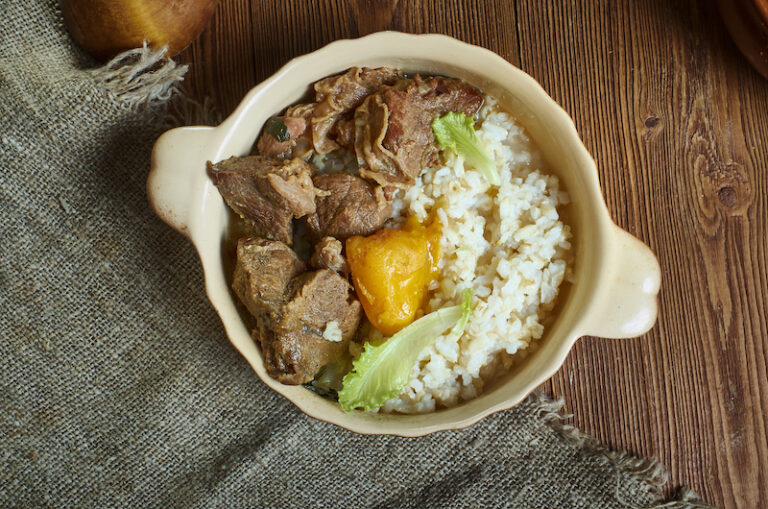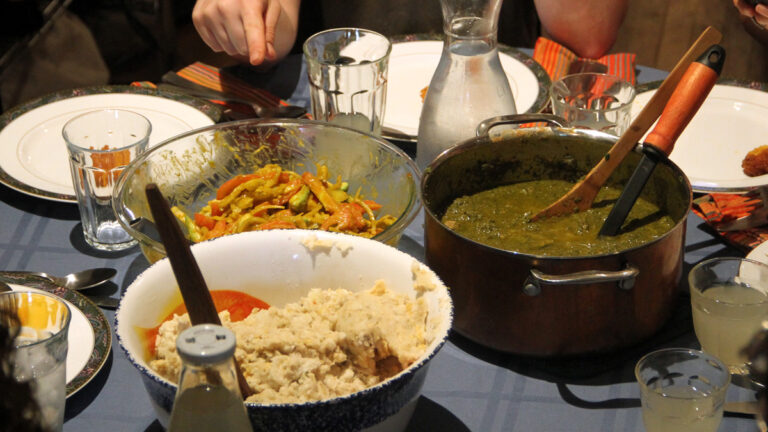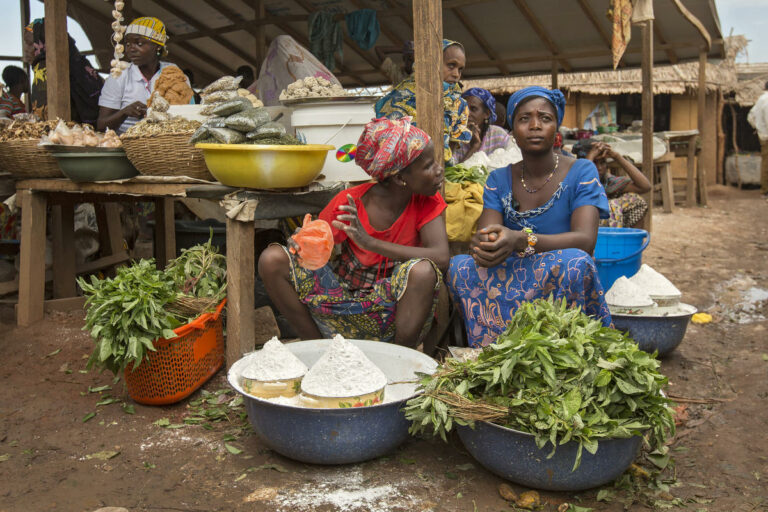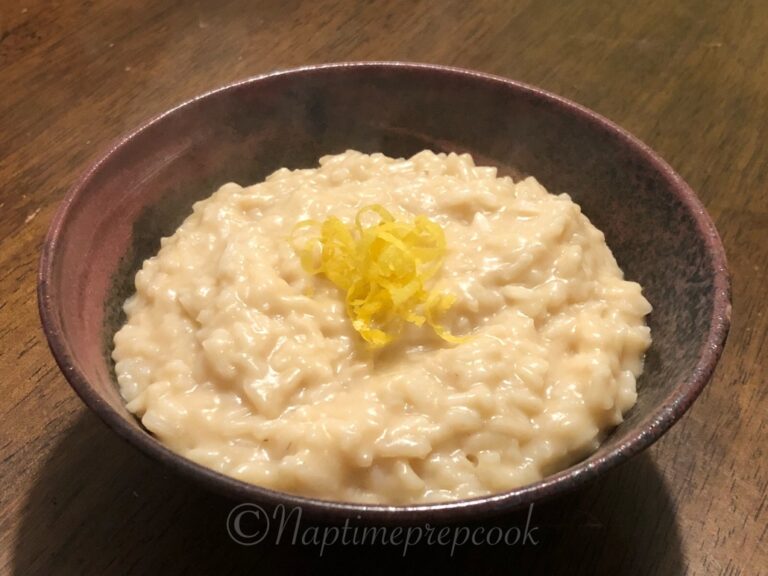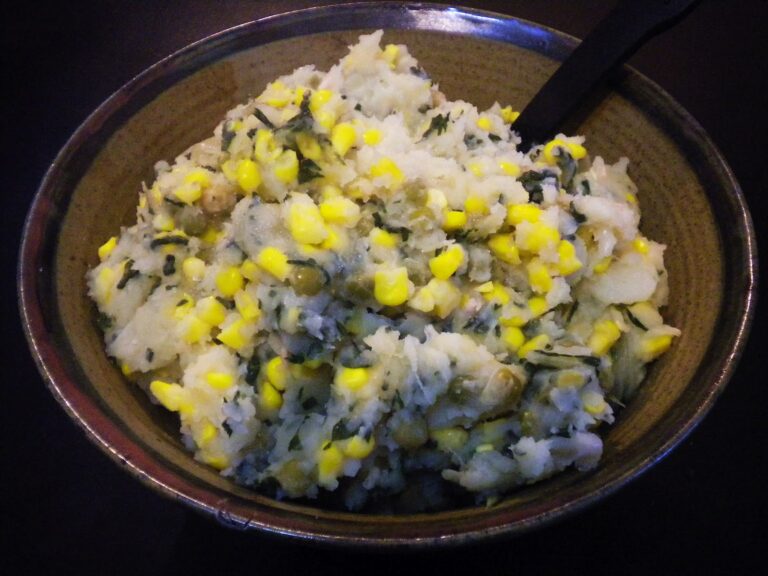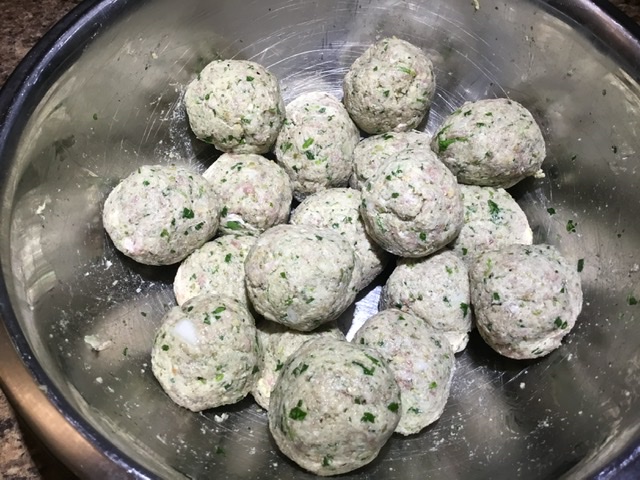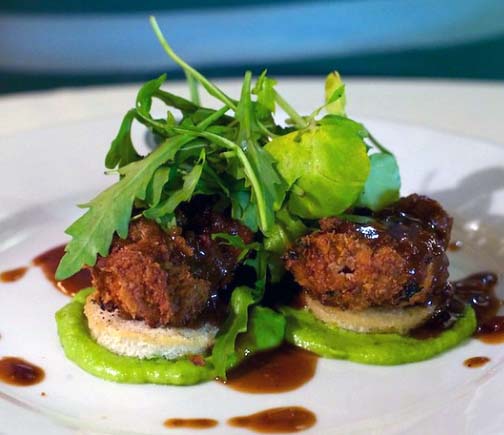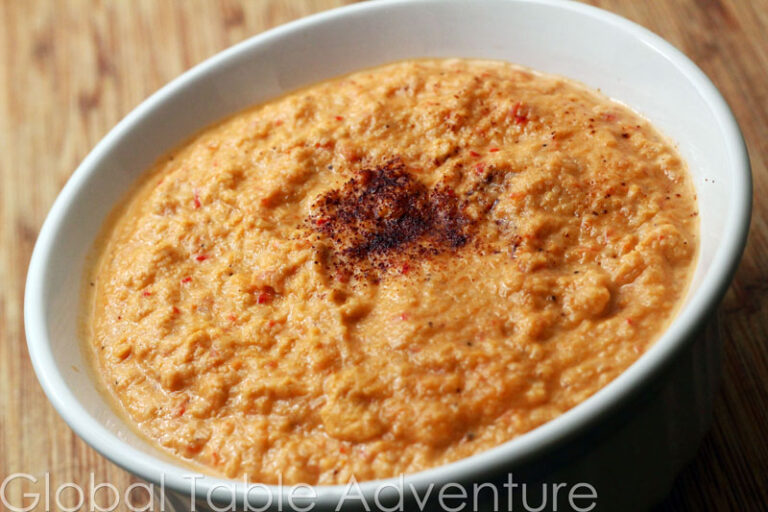Introduction: Discovering Central African Cuisine
Central African Republic is a landlocked country located in the heart of Africa. It boasts a diverse cuisine that reflects the cultural and geographical diversity of the region. Central African cuisine is known for its hearty stews, grilled meats, and spicy sauces. The cuisine has been influenced by French, African, and Arab traditions, making it a unique blend of flavors and ingredients.
Base Ingredients: Staple Foods of Central Africa
The staple foods of Central African Republic are cassava, yam, rice, and plantains. Cassava, also known as manioc, is a starchy root vegetable that is used to make fufu, a popular side dish. Fufu is made by boiling cassava until it becomes soft and then mashing it into a smooth paste. Yams are also frequently used in Central African cuisine. They are often boiled, mashed, or fried and served with stews or sauces. Rice is a common staple food in the country and is often served with grilled meats or stews. Plantains are a type of banana that are cooked and served as a side dish or used as a thickening agent in stews.
Meat and Fish: Main Protein Sources in Central African Dishes
Meat and fish are the main sources of protein in Central African cuisine. Beef, chicken, and goat are the most commonly eaten meats, while fish is abundant in the rivers and lakes of the country. Grilled meat is a popular dish in Central African Republic and is often served with a spicy sauce. Fish is typically cooked in stews or grilled and served with a side of vegetables.
Vegetables and Fruits: Essential Elements of Central African Cuisine
Vegetables and fruits are essential elements of Central African cuisine. Okra, eggplant, and tomatoes are commonly used in stews, while onions and peppers are used to add flavor to dishes. Leafy greens such as spinach and kale are also eaten in Central African Republic. Fruits such as mangoes, papayas, and pineapples are abundant in the country and are often used in desserts or as a refreshing snack.
Spices and Herbs: Flavoring Central African Dishes
Spices and herbs are used to add flavor to Central African dishes. Ginger, garlic, and chili peppers are commonly used to spice up stews and sauces. Other common herbs include thyme, parsley, and bay leaves. Maggi cubes, a type of bouillon cube, are also widely used in Central African cuisine to add flavor to dishes.
Sauces and Condiments: Enhancing the Tastes of Central African Cuisine
Sauces and condiments are an important part of Central African cuisine. Peanut sauce is a popular condiment that is often served with grilled meat or used as a dipping sauce. Hot sauce, made with chili peppers, vinegar, and spices, is also commonly used in the country. Other condiments include mustard, ketchup, and mayonnaise.
Beverages: Popular Drinks in Central African Republic
The most popular beverage in Central African Republic is palm wine, a type of alcoholic drink made from the sap of palm trees. Beer and soda are also widely consumed in the country. Tea and coffee are also popular beverages and are often served with meals.
Traditional Delicacies: Unique Eats from Central Africa
Central African Republic has a variety of unique dishes that are worth trying. Mbongo Tchobi is a popular dish made with fish or chicken that is cooked in a spicy, tomato-based sauce. Kanda is a stew made with cow skin and peanut butter. Saka Saka is a dish made with cassava leaves and served with fufu. Samoussa is a type of fried pastry that is filled with meat or vegetables. These traditional delicacies offer a glimpse into the rich and diverse cuisine of Central African Republic.

